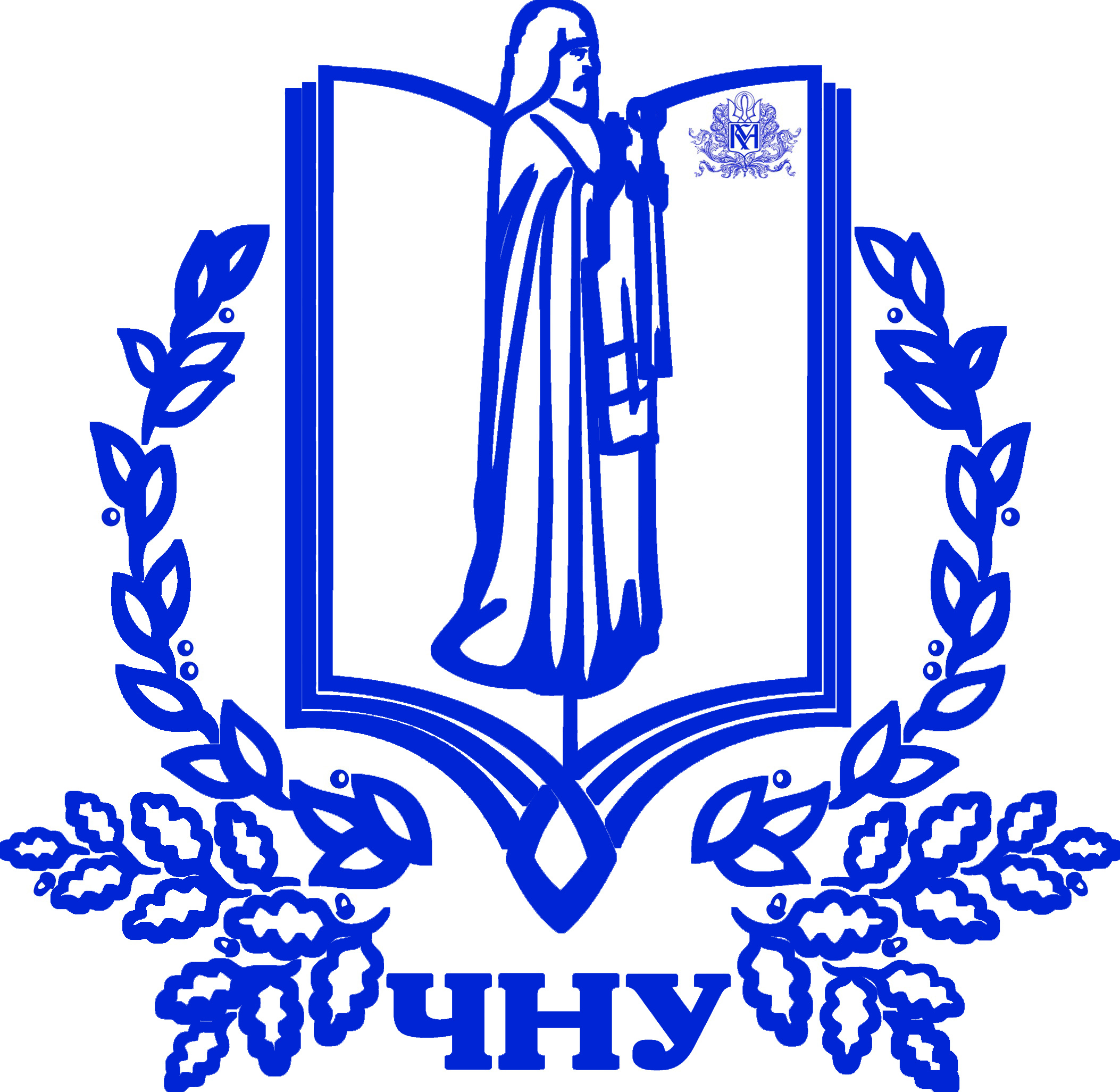





CONSERVATION OF BIODIVERSITY
the topic that was presented on March 13, 2024 to the participants of the Interdisciplinary Studies "European Green Dimensions", supported by the Erasmus+ Program of the European Union Jean Monnet_Chair.
The topic was presented by prof. Department of Ecology by Olena Mitryasova.
“From the world's great rainforests to small parks and gardens, from the blue whale to microscopic fungi, biodiversity is the extraordinary variety of life on Earth. We humans are part of this web of life and we are completely dependent on it: it provides us with the food we eat, filters the water we drink, and supplies us with the air we breathe. Nature is important to our mental and physical well-being, and to our society's ability to cope with global change, health threats, and disasters. Nature is necessary for our life!" - this is stated in the Biodiversity Strategy of the EU until 2030.
During the presentation, the issue was highlighted: biodiversity as the main factor in the stability of the planet; the main Directives in the "Nature Protection" sector: Poultry and Housing; NATURA 2000 network of protected areas; Emerald network; Biodiversity Strategy of the EU until 2030; European experience in the development of nature conservation areas; nature reserve fund of Ukraine; the impact of war on the natural environment.
Thus, in 2020, the EC adopted a very ambitious document - "EU Biodiversity Strategy to 2030: Bringing nature back into our lives", according to which at least 30% of land and 30% of seawater areas should become protected areas. In addition, a third of the protected areas (10% of the EU territory and 10% of the water area) must be under strict protection.
More than 20% of all nature conservation areas of Ukraine have been affected by the war. Almost one million hectares of protected areas are affected by the conflict, and 812 reserves are in danger.
Active listeners of the meeting were presented with books about the biological diversity of the Mykolaiv region, endemic plant species, bird species, etc., which will be useful during the educational process of training students.
The full content of the video lecture can be found at the following link:
https://www.youtube.com/watch?v=QRHY-PZqEEc